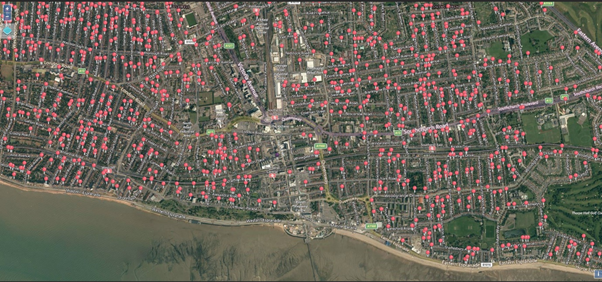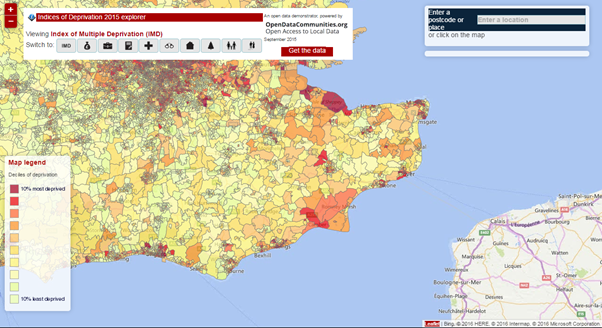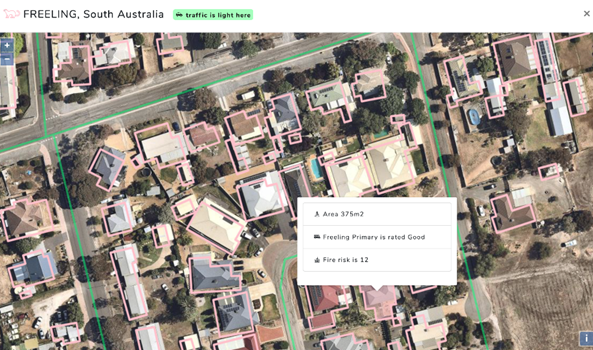This is the third article in my series which began with Technology Startups under COVID-19 followed by Retailing post-2020 - A Science Fiction Story.
I remember a time a couple of decades ago when Real Estate Agents were a source of considerable expertise and knowledge regarding property values and sales positioning. They knew their local market very well and were also informed about the broader market and economic drivers. Those of us who were not professional property investors did not have easy access to such information, especially not at a granular level.
Moving forward to the current situation, there is now a raft of data, information, and insights available to virtually anyone who requires it, in order to better inform property investment decisions. That could be for property portfolios or for your first home purchase. This PropTech sector is growing rapidly with a variety of solutions addressing different parts of the overall value chain. So, let’s take a look at how purchasing a prime residence might be changing.
Historically, agents would present properties which fulfilled basic criteria for any particular buyer. That criteria would typically include:
- Home living preferences such as number of bedrooms, car spaces, bathrooms, and outdoor space.
- Preferred suburb locations generally based on previous exposure to those areas eg by being brought up there or having lived there before home purchase.
- Price range and affordability limits.

Of course, there are other considerations such as whether there will be capital growth, nearness to transport routes, local shops and schools, etc. All of this latter information would be referred to by the agent as they introduce the buyer to various properties that fit the core criteria. The buyer would then visit those properties, in the company of the agent, to see if they liked it or not.
However, there were often “hidden” aspects of the property which might be of substantial value in assessing the desirability or not for any buyer. Those could be termed “lifestyle” attributes rather than property characteristics.
Those not so apparent lifestyle aspects might include:
- School feeder zones and results rankings
- Local crime statistics
- Traffic density and average speeds in front of the home, especially at the times of day the family would be coming or going, or when children might be outside playing
- Flood and bushfire likelihood down to the individual house level.
- Subsidence and other building degradation risks eg due to planned major roadworks
- Indices of local community deprivation
- And in the time of COVID-19:
- Whether the property is in a high mortality risk area based on age and health condition of the resident population
- Local health services and support

Someone more cynical than me might suggest that agents could be reluctant to disclose some of that information for fear that it might scare a buyer off purchasing a property. To be clear, there may not be any legal obligation on the agent to share information which is not usually covered in the standard property pre-purchase due diligence searches. The point is however that all this information, and much more, is now at buyers’ fingertips as they search online for their dream home. Further, the new paradigms around social distancing have driven behaviours that are likely to continue, such as doing as much online as possible rather than face to face.
Consequently, we now have a situation where:
- Highly relevant, comprehensive, and up to date data specific to any property address can be obtained online
- The scope and nature of this new data allows much easier screening of properties by buyers and alignment to their economic, social, and lifestyle preferences
- Buyers and sellers could be free to directly interact online with many property “views” being remote videos and/or conference call walk-throughs

What does this brave new world mean for Real Estate Agents?
- They are no longer the only or best source of detailed information on any property
- They are likely to be conducting far fewer on-site home inspections both from better online screening by buyers and avoidance of unnecessary personal contact
- Will they therefore lose relevance in becoming what boils down to a “broker” for merely introducing buyers and sellers; something which could become superfluous?
Under these circumstances Real Estate Agents will need to carefully consider the value they are adding to the property supply and demand chain. If they don’t, companies such as Mapcite and Nearmap, who are processing and visualising property and lifestyle data, will become competitive disruptors in this sector.
Author: Stephen Walker, GM Centre of Excellence for Geospatial in Australia

